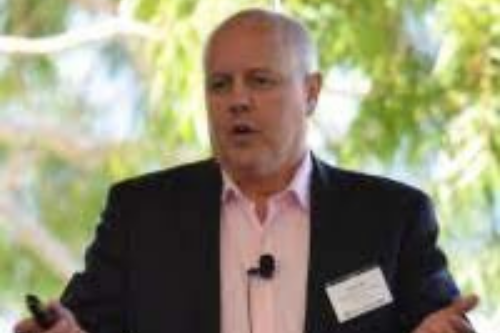

The great inflation v interest rates debate took another turn this week as the Consumer Price Index (CPI) spiked by 0.8% in a quarter, moving Australia up to a level of inflation that has not been seen in half a decade.
It put the heat back on the Reserve Bank of Australia (RBA), who have long insisted that they will not alter the cash rate until inflation sits comfortably inside the 2-3% band. Now, it is at 2.1%, inside the slated area, and moving rapidly.
Though a cash rate decision is due next Tuesday and nobody expects there to be a change, the inflation numbers swing the pendulum back towards the RBA moving their cash rate increase schedule forwards.
For much of the middle of 2021, banks had begun to legislate for a cash rate change before the scheduled 2024 increase, but lockdowns in New South Wales and Victoria had pushed that thinking back and seen the Big Four and the RBA realign.
Read more: Why are Big Four banks suddenly raising their interest rates?
“The thing that has got everyone chattering, and some even spooked, is that the underlying inflation measure that the RBA tracks went from an annual rate of 1.6% in the June quarter to 2.1% in the September quarter,” explains Harley Dale, chief economist at Creditorwatch.
“There’s two key elements to that. The first is that the market was only expecting 1.8%, which is why you saw a fairly hefty jump in the Aussie dollar and you saw bond yields rise by as much as 14 basis points.”
“The second is that the RBA, as we all know, has this 2-3% target band for inflation, and we haven’t been there for over five years. The underlying inflation rate meeting 2.1% in the September quarter has occurred two years ahead of forecast. That’s got everyone talking.”
“Having said that, it’s a one-off result that has been heavily affected by Covid issues. There’s no evidence at this point in a structural rise in inflation.”
The rapid increase in the rate of inflation has turned heads, but according to Dale, it would need to be sustained over a longer period to make the RBA reconsider.
“We’re in a situation where it’ll take a little bit of time to determine how structural the increase is, as Covid-related impacts such as supply bottlenecks, constructional material costs and the like wash out.,” he said.
“The bottom line is that, post-lockdowns, there are clearly upside risks to the rate of inflation. That will have an impact on consumers in terms of what they pay for goods, and particularly, what they pay for services as the opening up of economies unleashes quite a bit of pent-up demand for service industries.”
“There’s going to be cost pressure there on households who largely have a mortgage that they have to service as they might be paying more out of their household budget for goods and services.”
“I think there’ll be some bumpiness because of the lockdown effects that we’re seeing, and overall, we’ll get an upwards trend in inflation over the next 12-18 months, but the Reserve Bank has made it clear that they need to see a sustainable increase in consumer inflation before they contemplate raising interest rates.”
“That’s a tick in the box for people that hold a mortgage.”
